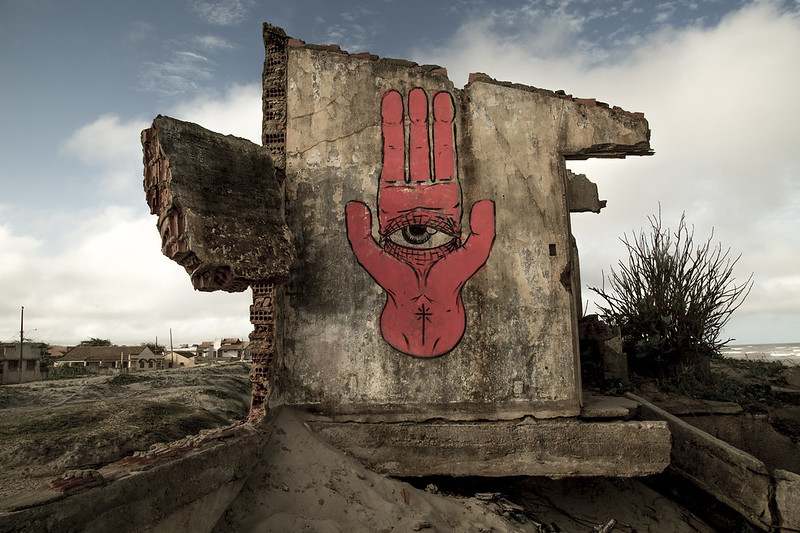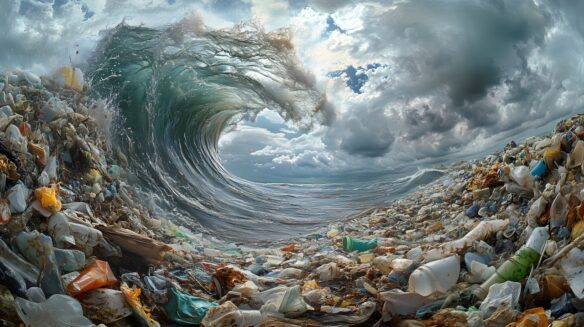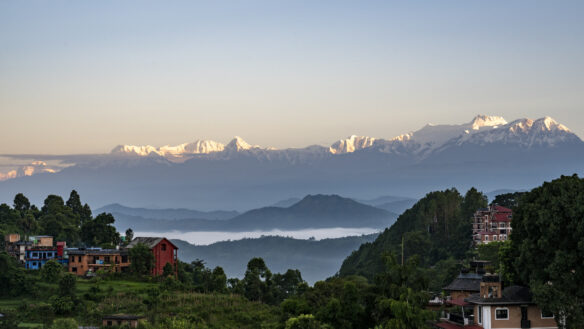Excerpt:
‘The sea was coming closer, it was so painful to see my house being destroyed..’
Born in Campos dos Goytacazes, Sônia Ferreira spent her childhood vacations in the seaside town of Atafona. After she and her husband married, they built a summer house there and in the late 1990s, she moved there permanently. Now 79, retired and widowed, Sônia still lives in Atafona with her daughter, where coastal erosion has caused the destruction of 500 houses in recent decades. More are at risk, with the sea expected to push further inland by up to 150 metres in the next 30 years.
Sônia Ferreira as told to Júlia Mendes:
When we built the house in 1978, we couldn’t see the sea. There were two blocks in front of the house, then the Avenida Atlântica, which was asphalted and had a sidewalk, and then a huge stretch of sand before you finally got to the beach. We never imagined that one day it would reach our house.
Right in front of us was the only apartment block in Atafona, the four-storey Julinho building, which I watched being built. It was destroyed by the sea in 2008. In a way, the rubble protected my house, but the sea was slowly advancing. My children started saying I should move out. I followed the state of the tides as if I were a fisher, because I was thinking about staying.
In 2019, I was on the balcony of my bedroom when my neighbour in front called me, asking me to film the sea, which was beating hard against the side of her house. The base of the wall was already gone, because the sea was taking the sand from beneath the ground floor. I filmed it on my phone, then sent it to her, and when I looked up, I saw water coming in through the part of the wall that had fallen. It’s like living in a sandcastle.









